My wife (fellow Six Moons Ambassador Raquel Mogado) and I are always looking for exhilarating treks in wild and remote places, and Pakistan’s Shimshal Pass fits the bill in every way. Northern Pakistan itself has become a favorite on the adventure travel circuit, as these days it is quite safe, affordable, incredibly welcoming, and has possibly the best collection of jaw-dropping landscapes and exhilarating treks on the planet.
The Shimshal Valley is no exception. Getting here is half the fun, entailing a six-hour jeep ride in on one of the most hair raising roads in the world, featuring stupendous drop-offs, perpetual landslides, and a raging river giving you a taste of what is to come, perhaps testing your mettle for coming here to trek.
The valley is home to the Shimshalis, Pakistan’s equivalent of the Sherpas, who are noted for their climbing prowess. Samina Baig, the first Pakistani woman to summit Everest hails from here, as does Shaheen Baig, who started the local mountaineering school, while Rajab Shah was the first Pakistani to summit all of the country’s 8,000 meter peaks. And as we were soon to find out, all Shimshalis spend most of their life walking some of the world’s most difficult trails, taking part in the annual yak and sheep drive to reach the high Pamir pastures each spring, as well as learning vital survival techniques in one of the most remote spots on the globe.
For years, Shimshal was completely cut off from the outside. The only way in and out was via a set of footpaths constructed high above the Shimshal River that took three days of fast walking in order to reach Upper Hunza and the Karakoram Highway. Locals begged the government to build a road in to make life easier, but nothing materialized, so the Shimshalis spent 18 years, from 1985-2003, building a road themselves, a rutted dirt track that climbs thousands of feet above the narrow gorge that the river follows, traversing scree slopes, boulder fields, and rickety wooden plank bridges. The road is so narrow in places that just one jeep can barely get four tires on rocks, and drivers can often be seen looking hundreds of feet in the distance to see if any landslides have started higher up. Only a handful of hearty Shimshalis drive the daily jeeps that come in and out of here, and amazingly, in the 20+ years since the road has opened, there has never been a single accident!
Once we’d arrived in the beautiful Shimshal Valley, a green oasis full of wheat fields and vegetable patches, in complete contrast to the jagged and dry surrounding peaks, we hired a horseman and local guide to take us up the valley to Shimshal Pass, a high altitude plateau set at the edge of the Shimshal Pamir, a flat grazing area up at 14,000 feet not so far from the Chinese border in Xinjiang, where the Shimshalis bring all their yaks and sheep to graze for the summer.
While route finding here isn’t necessarily difficult, given the nature of the terrain it’s pretty essential to know which updated routes locals are using, as many are prone to landslide, and also to know where to find hidden springs for water, as there is often no river access. The trail is also demanding enough and long enough (at least 6 days return with consistent narrow and exposed drop-offs on unstable slopes) to make carrying a full pack unadvisable. Hiring a local guide and horse also puts much needed money into the local Shimshal economy, not to mention giving you valuable insight into the culture and some backup if anything should go wrong. Our guide and horseman ended up introducing us to countless numbers of other Shimshalis along the way, educating us about the annual animal migration (from childhood, every member of the community takes turns bringing the yaks up and down the valley, as well as spending days at altitude taking turns watching over them, as they are in wolf and snow leopard territory), and more than once these guys gave us a helping hand across terrifying sections of loose and steep scree.
The first few days on the trail were the hardest, as the route climbed relentlessly up and down through parched canyons. The views in the distance of snowy Karakoram giants were enticing, but we were usually relegated to staring at our feet, as the track here was just an impossible series of stone paths that the Shimshalis have dug into the side of tremendously exposed crumbling slopes, often narrow enough for just one’s feet, and plunging down to the river through dizzying switchbacks, only to climb back up again.
The payoff for all this concentration came on the third day, as we started to ascend up into the Shimshal Pass, where a high alpine valley full of meadows was surrounded by a distant amphitheater of glaciated peaks. Not only a climber and photographers’ heaven, but a place for the animals to find abundant grazing and water, and with the azure lakes and relatively flat walking, it was as if we’d emerged into a different country.
We set up camp here for several days, to explore the stunning surroundings. Massive herds of yaks were making their way back down valley for the autumn, and we got to meet dozens of locals busy rounding them up. While for us the route to get here had been one of the more challenging and thrilling treks we’d ever done, for the Shimshalis, it was just a normal day at the office so to speak, and our admiration for them grew the longer we lingered.
Our Six Moon gear for this trip held up to the rough terrain. For this trek we tried out some solo tents, as we both had separate trips to do prior to coming here. While we normally use our dependable Haven Ultralight, on this jaunt we were each quite happy with our Lunar Solo and Skyscape Trekker singles. As a 6-footer, I’m always looking for extra head room, and the Skyscape features an 8 foot floor along with plenty of room to sit up in, all in a light 28oz package. I also used my Wy’East day pack for this adventure. It’s better suited for day trips or short overnights, but as we had horses to carry gear here, it’s far lighter than overnight packs (25oz), and the rugged Robic-nylon exterior can take a beating, making it my pack of choice whenever I don’t have to carry multiple days worth of food and equipment.
If you are looking for some of the world’s most stunning and bang for the buck trekking, do yourself a favor and head to northern Pakistan now. Word is starting to get out and it won’t be long before the trails here start to see the crowds that are found in Nepal or elsewhere, but for now it’s an outdoor lover’s paradise.


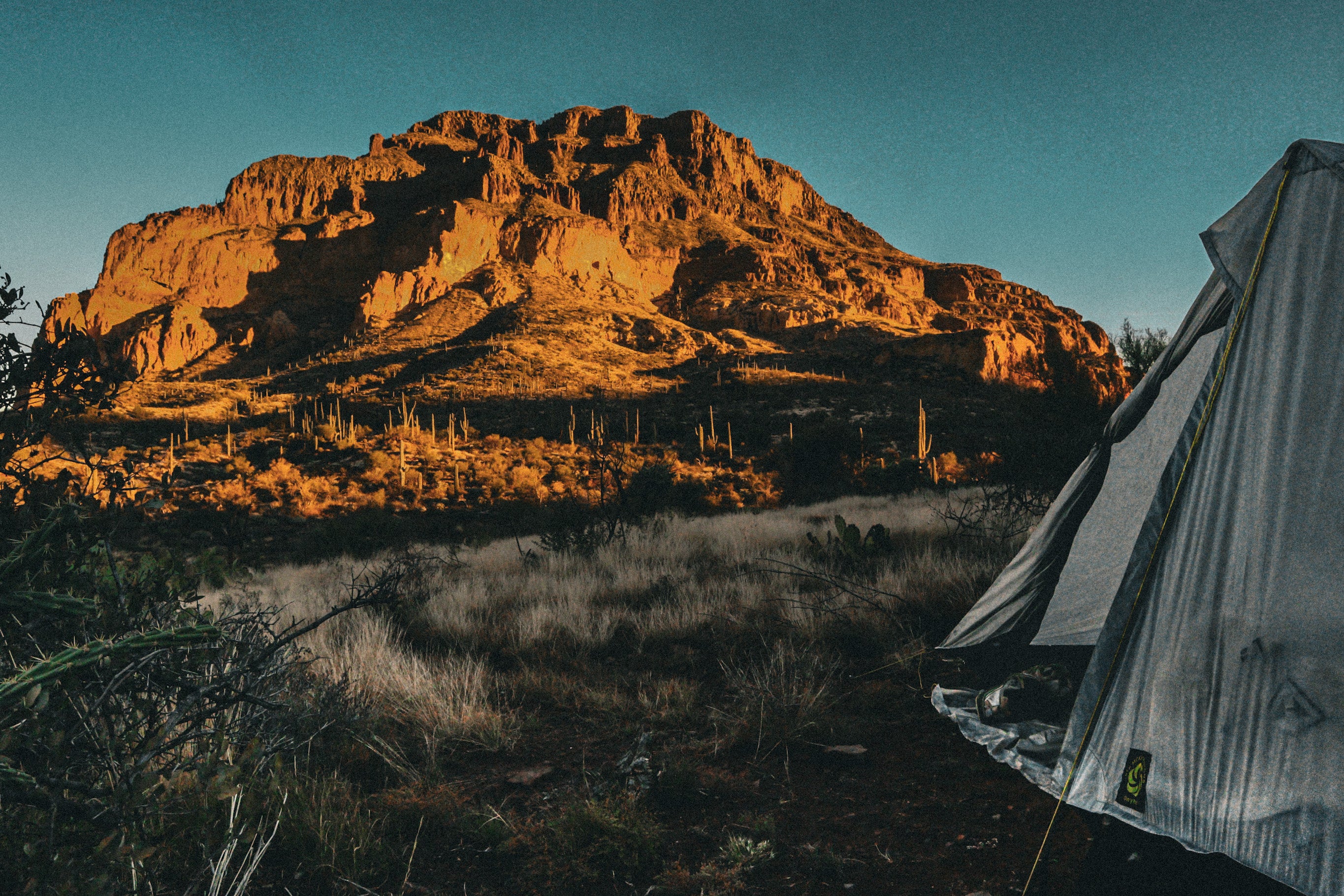
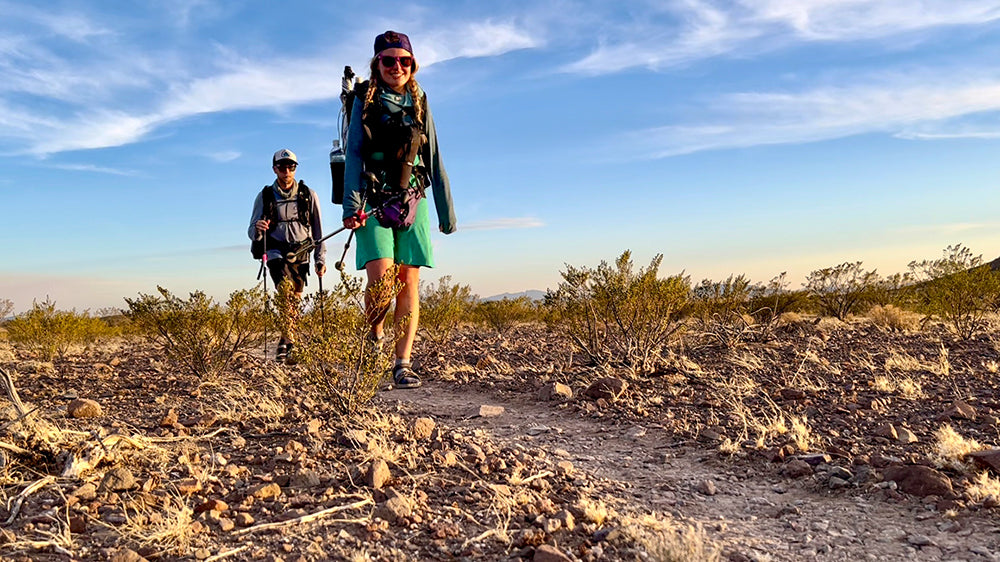
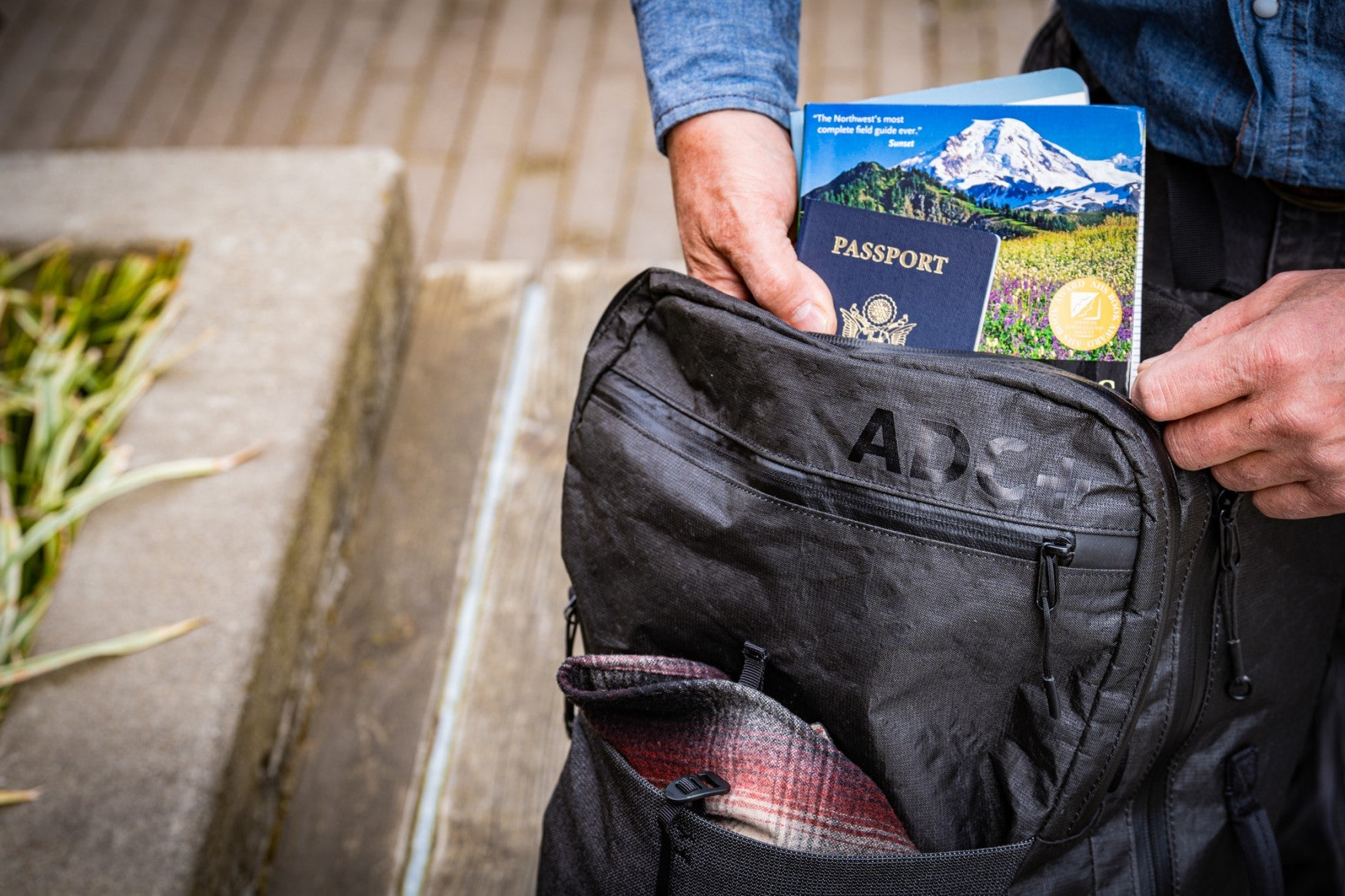
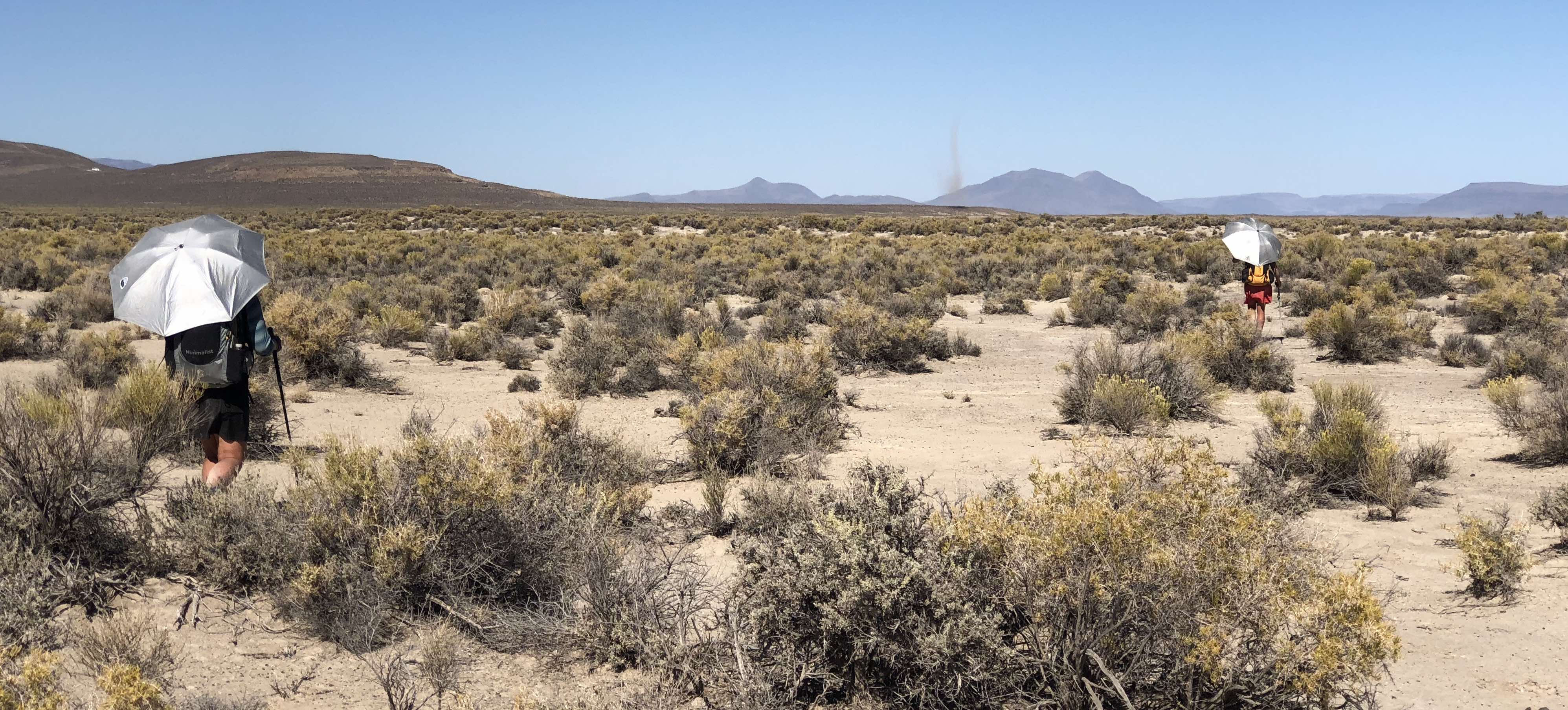
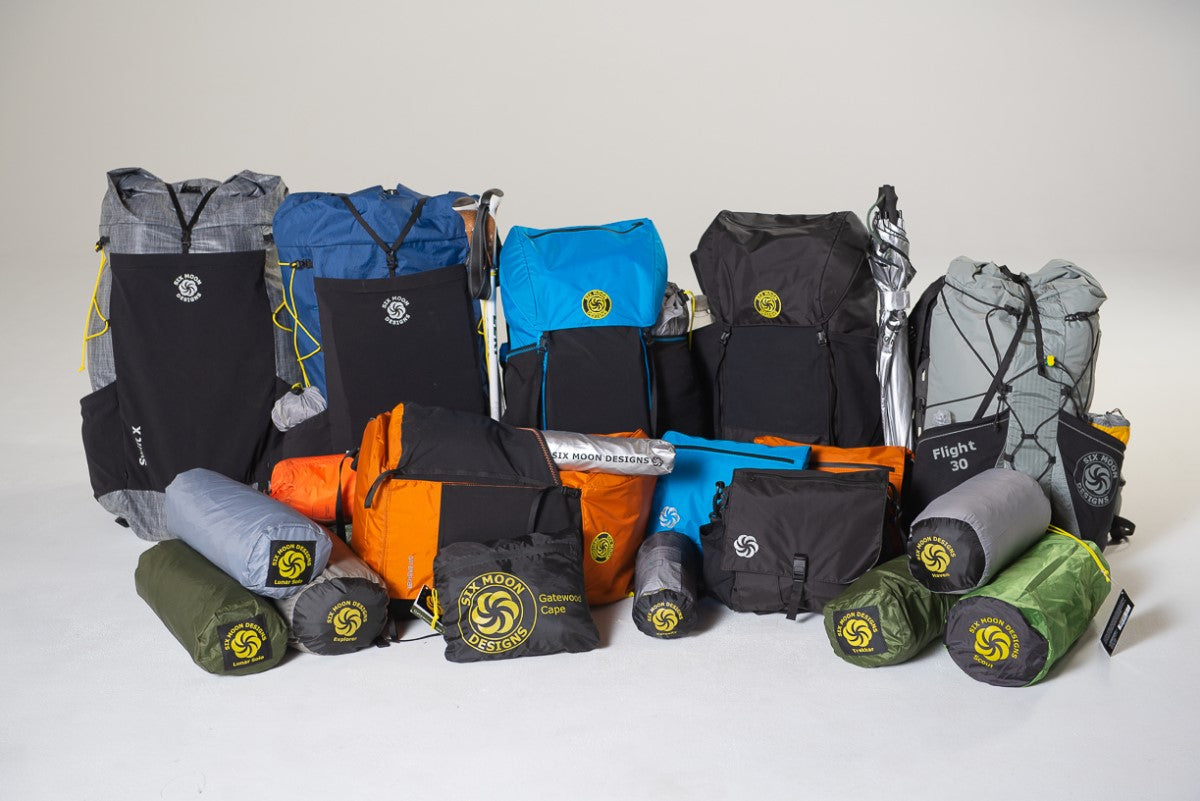
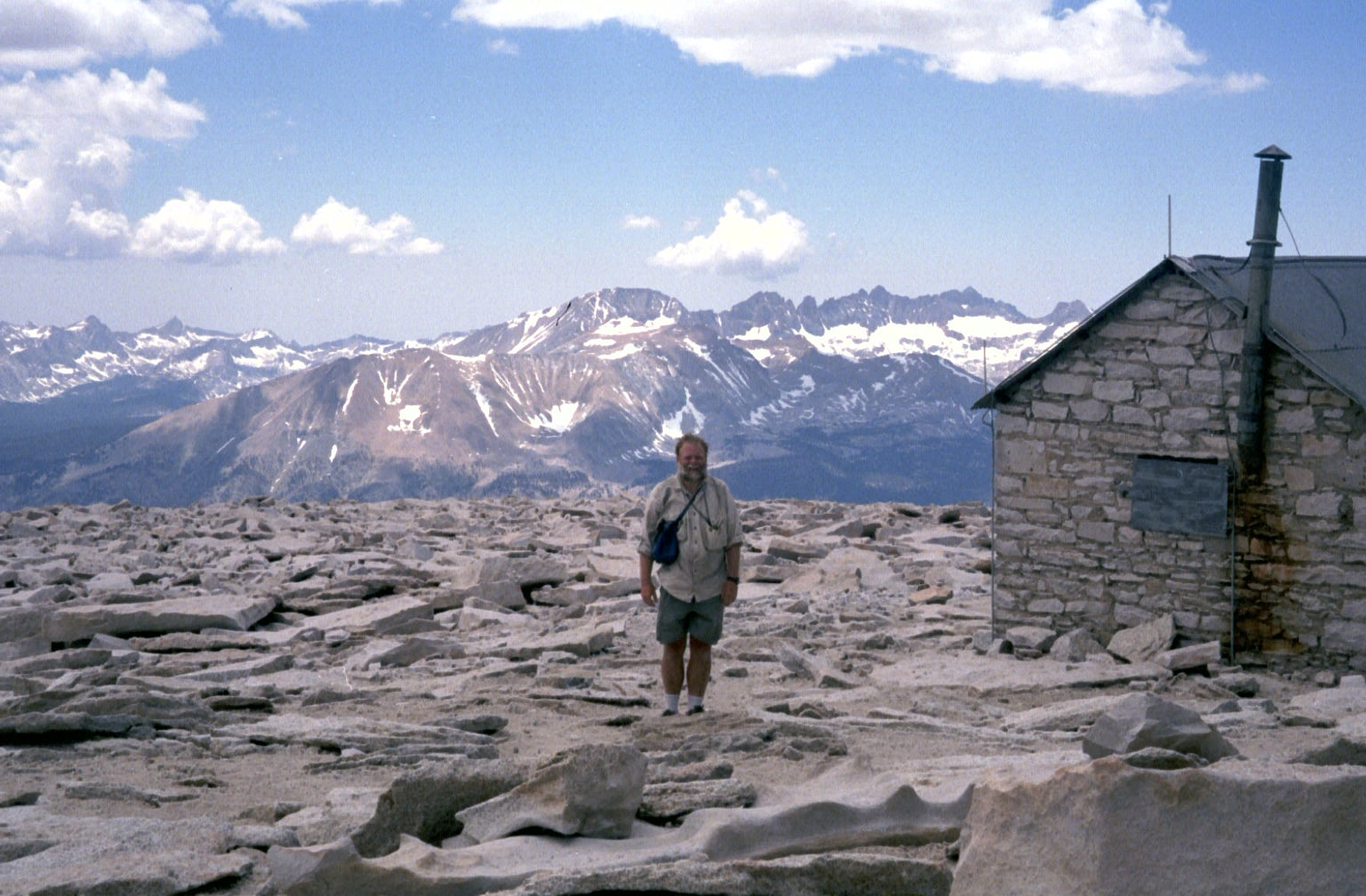

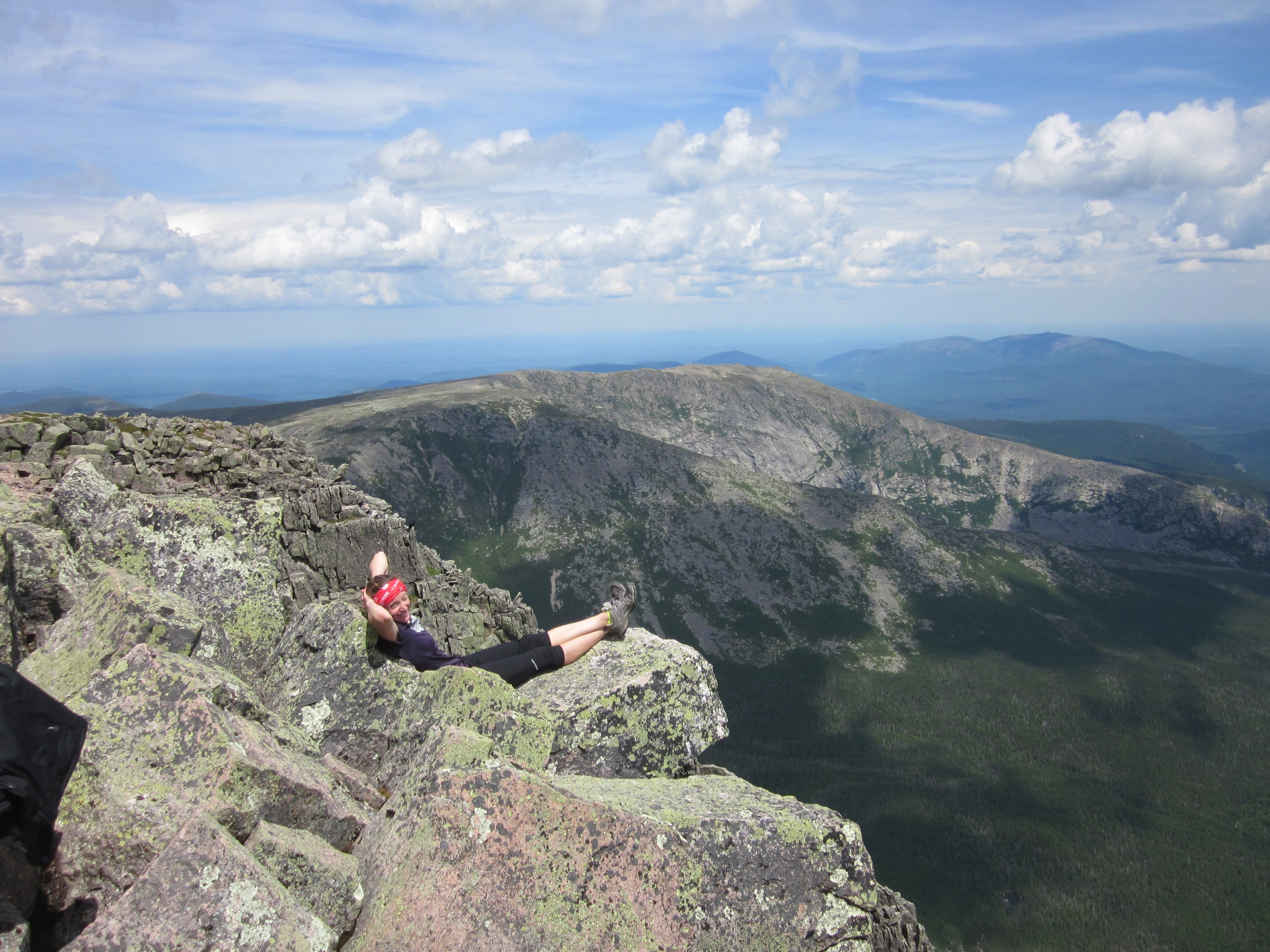
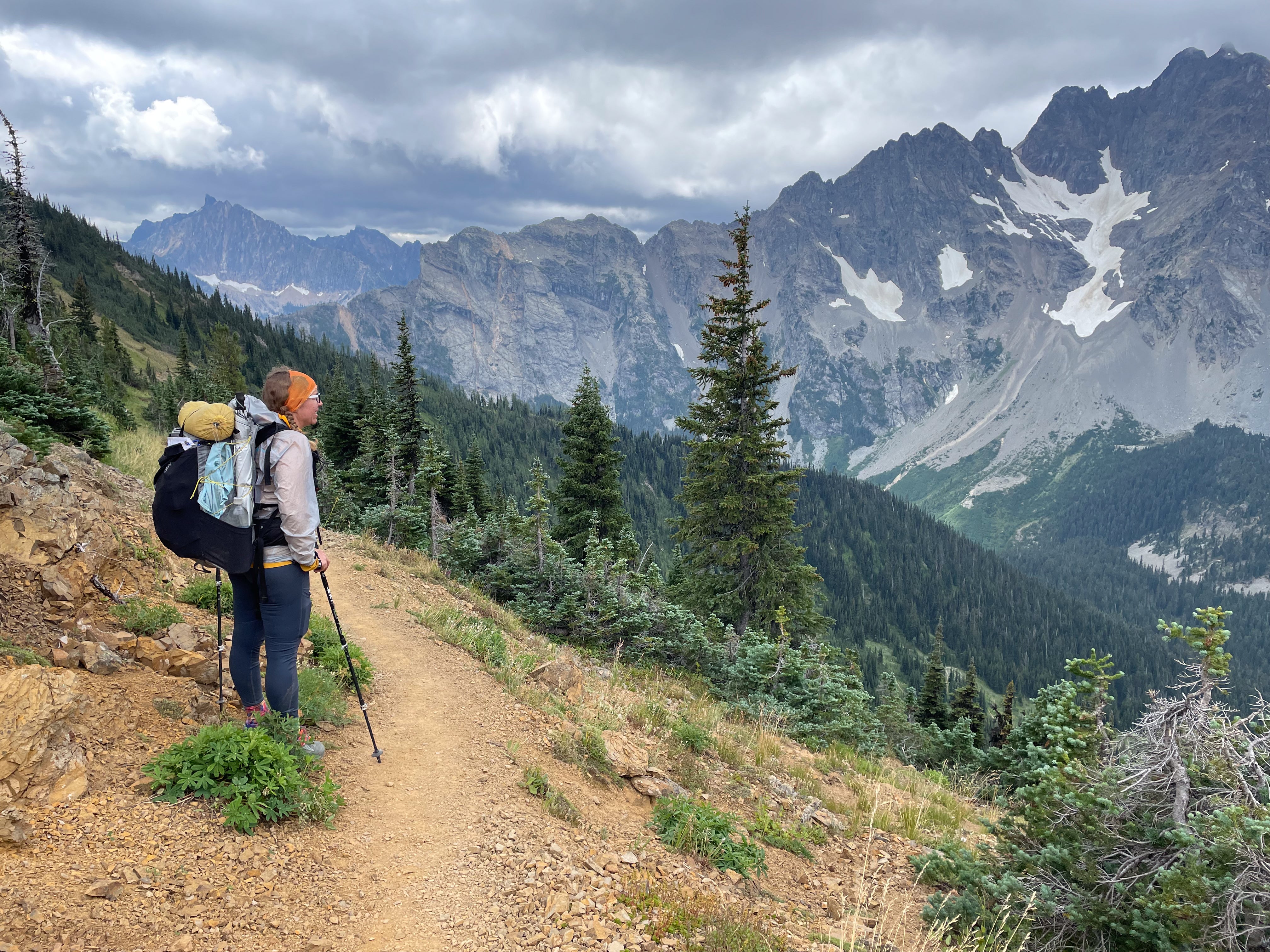
Leave a comment
This site is protected by hCaptcha and the hCaptcha Privacy Policy and Terms of Service apply.